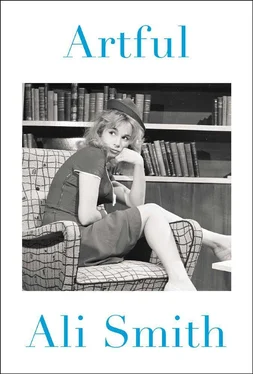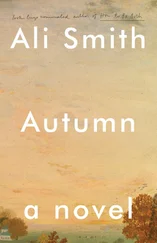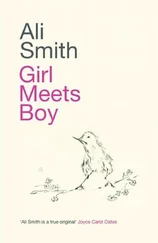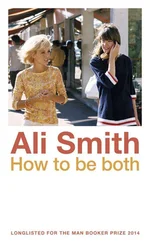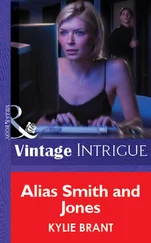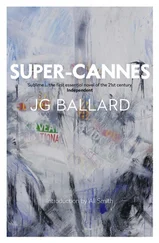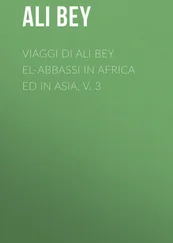The difference between the short story form and the novel form is to do, not with length, but with time. The short story will always be about brevity, ‘The shortness of life! The shortness of life!’ (as one of Mansfield’s characters in her story At the Bay can’t help but exclaim). Because of this, the short story can do anything it likes with notions of time; it moves and works spatially regardless of whether it adheres to chronology or conventional plot. It is an elastic form; it can be as imagistic and achronological as it likes and it will still hold its form. In this it emphasizes the momentousness of the moment. At the same time it deals in, and doesn’t compromise on, the purely momentary nature of everything, both timeless and transient.
The story can be partial, can be a piece of something and still hold its own, still be whole. The novel, on the other hand, is bound to and helplessly interested in society and social hierarchy, in social worlds; and society is always attached to, in debt to, made by and revealed by the trappings of its time. And the novel is bound to be linear, even if it’s a rearranged BS Johnson work — even when it seems to or attempts to deny linearity. Even Woolf, who knew the novel form differently, being one of the few people successful in remaking it (interestingly enough via a great deal of initial help from the critical eye and advice of her friend and rival, the short story writer Mansfield), depends on chronology. The wanderings in time of Mrs. Dalloway have to be held in the matrix of a single day. The flow of time and change in The Waves must still be held in a fundamentally consequential chronology between birth, death and birth in nine gestative sections.
Books themselves take time, more time than most of us are used to giving them. Books demand time. Sometimes they take and demand more time than we’re ready or yet know how to grant them; they go at their own speed regardless of the cultural speed or slowness of their readers’ zeitgeists. Plus, they’re tangible pieces of time in our hands. We hold them for the time it takes to read them and we move through them and measure time passing by how far through them we’ve got, what the page-edge correlation (or percentage, if we’re using a digital reader) between the beginning and the end is. Also, they travel with us, they accompany us through from our pasts into our futures, always with their present-tense ability, there as soon as they’re opened, for words to act like the notes heard in music do, marking from word to word the present moment always in reference to what went before, what’s on its way, in a phrase, a sentence, a paragraph, a section, a chapter.
We do treat books surprisingly lightly in contemporary culture. We’d never expect to understand a piece of music on one listen, but we tend to believe we’ve read a book after reading it just once. Books and music share more in terms of resonance than just a present-tense correlation of heard note to read word. Books need time to dawn on us, it takes time to understand what makes them, structurally, in thematic resonance, in afterthought, and always in correspondence with the books which came before them, because books are produced by books more than by writers; they’re a result of all the books that went before them. Great books are adaptable; they alter with us as we alter in life, they renew themselves as we change and re-read them at different times in our lives. You can’t step into the same story twice — or maybe it’s that stories, books, art can’t step into the same person twice, maybe it’s that they allow for our mutability, are ready for us at all times, and maybe it’s this adaptability, regardless of time, that makes them art, because real art (as opposed to more transient art, which is real too, just for less time) will hold us at all our different ages like it held all the people before us and will hold all the people after us, in an elasticity and with a generosity that allow for all our comings and goings. Because come then go we will, and in that order.
4: Haven’t Found a Song Title for This Section Yet / something about linearity — maybe Time After Time or Everybody’s Got to Learn Sometime (By the Korgis — check lyrics)
‘It is never possible for a novelist to deny time inside the fabric of his novel,’ Forster says, annoyingly. And, even more annoying, as Saramago points out early on in his 1986 novel, The Stone Raft (translated by Giovanni Pontiero), the main problem with writing anything at all is that it’s inevitably always linear — one word after another:
Writing is extremely difficult, it is an enormous responsibility, you need only think of the exhausting work involved in setting out events in chronological order, first this one, then that, or, if considered more convenient to achieve the right effect, today’s event placed before yesterday’s episode, and other no less risky acrobatics, the past treated as if it were new, the present as a continuous process without any present or ending, but, however hard writers might try, there is one feat they cannot achieve, that is to put into writing, in the same tense, two events which have occurred simultaneously. Some believe the difficulty can be solved by dividing the page into two columns, side by side, but this strategy is ingenuous, because the one was written first and the other afterwards, without forgetting that the reader will have to read this one first and then the other one, or vice versa, the people who come off best are the opera singers, each with his or her own part to sing, three, four, five, six between tenors, basses, sopranos and baritones, all singing different words, for example, the cynic mocking, the ingénue pleading, the gallant lover slow in coming to her aid, what interests the operagoer is the music, but the reader is not like this, he wants everything explained, syllable by syllable and one after the other.
Saramago’s narrator is in a deep state of frustration here because in this novel, and germane to everything about this novel, he wants to describe, with the simultaneity with which he says they happen, three random happenings which all seem to have contributed to a crack appearing in the fabric of things, a piece of Europe breaking off from itself — the Iberian Peninsula — and floating away on its own terms. He wants to describe communally — in a uniting fashion, what you might call a harmony — a metaphor of terrible isolation. In the course of this novel, about whether men and women are islands or not, he examines both time’s terrible political, historical, and environmental consequences (he does this in almost every novel he writes) and the things which really do seem to endure in the face of change between human beings — and not just human beings, but between humans and other species too.
Juan Pablo Villalobos’s 2010 novel, Down the Rabbit Hole (translated by Rosalind Harvey), is narrated by a seven-year-old called Tochtli (or Rabbit), who is growing up surrounded by guns in a drug cartel in Mexico where the people his father has shot are literally thrown to the big cats they keep on the premises for eating the evidence:
Books don’t have anything in them about the present, only the past and the future. This is one of the biggest defects of books. Someone should invent a book that tells you what’s happening at this moment, as you read. It must be harder to write that sort of book than the futuristic ones that predict the future. That’s why they don’t exist. And that’s why I have to go and investigate reality.
This, in a novel about a child coming of age and learning by direct experience the meanings of beastly and manly, suggests a moral imperative to do with the meeting place of literature and time.
If the Roman historian Sallust could write, in his work on storytelling and myth, On the Gods and the World, summing up the paradox that comes about when fiction meets time, ‘these things never happened, but are always,’ what JG Ballard suggests all the centuries later is that the relationship between time and artful fictiveness has flayed itself inside out. In an introduction to his 1973 novel Crash, written in the 90s, he describes this upside-down world — suggests that now it’s more a case of these things happen, but never were . We now ‘live inside an enormous novel,’ he writes, ‘a world ruled by fictions of every kind — mass merchandising, advertising, politics conducted as a branch of advertising, the pre-empting of any original response to experience by the television screen.’ Now we need our novelists to ‘invent the reality.’ His own novels tick like bombs.
Читать дальше
